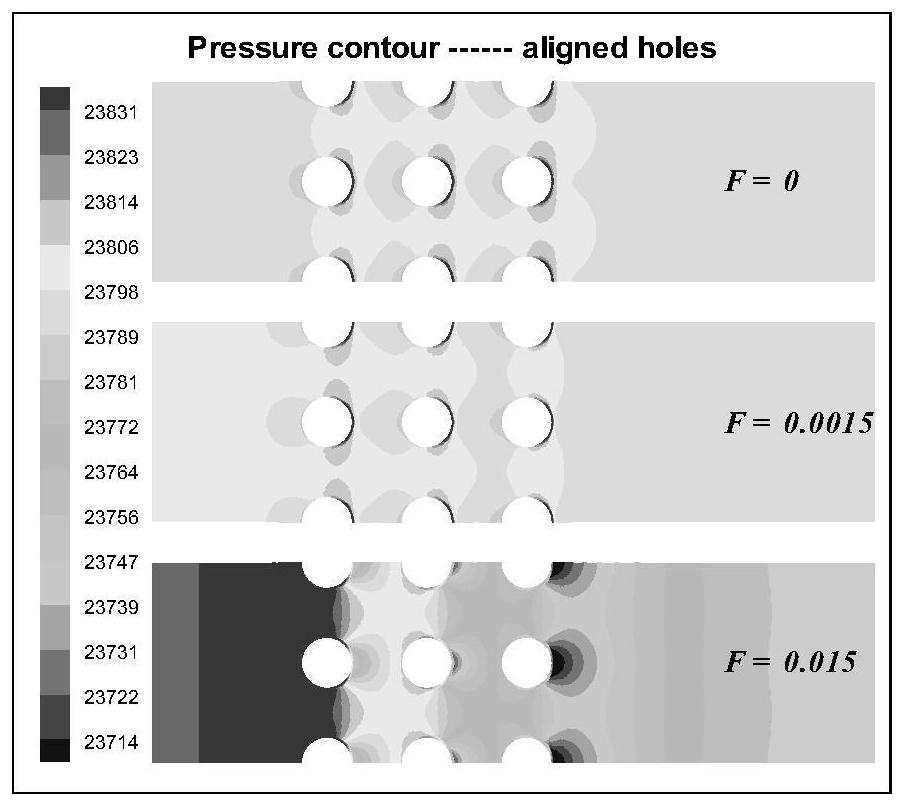A microblowing structure and method for supercritical airfoil drag reduction and lift increase
A supercritical and airfoil technology, applied in transportation and packaging, affecting the air flow flowing through the surface of the aircraft, and ground installations, etc., can solve the problems that the micro-blowing technology cannot be applied to large passenger aircraft, and the total resistance does not decrease but increases. Achieve the effect of increasing airfoil lift, high drag reduction efficiency and reducing fuel consumption
- Summary
- Abstract
- Description
- Claims
- Application Information
AI Technical Summary
Problems solved by technology
Method used
Image
Examples
Embodiment
[0027]Example: NASA-PN2 microporous skin is selected, the micropore diameter is 0.165 mm, the skin thickness is 1.02 mm, and the porosity is 23%. The applied airfoil is RAE2822 airfoil, the incoming flow condition is taken as Mach number is 0.734, and the flight altitude is 10.7km. Skin layout schemes such as Figure 5 As shown, the microblown skin is arranged in the 20% chord length area of the trailing edge of the lower airfoil. The blowing fraction is F=0.008~0.5, and the angle of attack range is α=0°~1°. Table 1 shows the drag reduction and lift-increasing effects of the micro-blowing arranged according to the above scheme at different angles of attack and different blowing fractions, where "w" in the subscript represents the lift or drag value without micro-blowing, C l 、C lw represent the lift coefficient of the airfoil under micro-blowing and without micro-blowing, respectively, and C d 、C dw are the drag coefficients of the airfoil with micro-blowing and withou...
PUM
 Login to View More
Login to View More Abstract
Description
Claims
Application Information
 Login to View More
Login to View More - R&D
- Intellectual Property
- Life Sciences
- Materials
- Tech Scout
- Unparalleled Data Quality
- Higher Quality Content
- 60% Fewer Hallucinations
Browse by: Latest US Patents, China's latest patents, Technical Efficacy Thesaurus, Application Domain, Technology Topic, Popular Technical Reports.
© 2025 PatSnap. All rights reserved.Legal|Privacy policy|Modern Slavery Act Transparency Statement|Sitemap|About US| Contact US: help@patsnap.com



